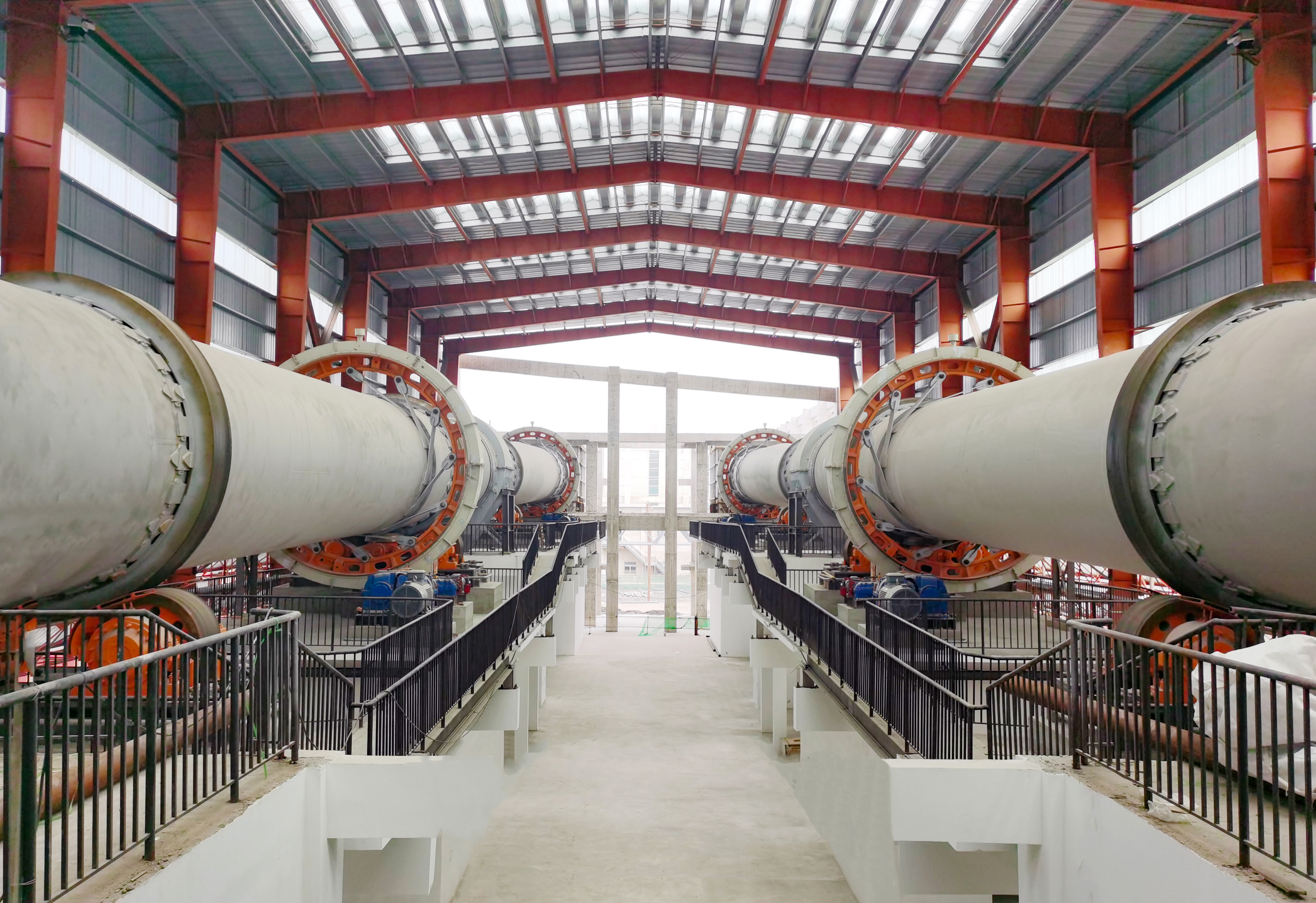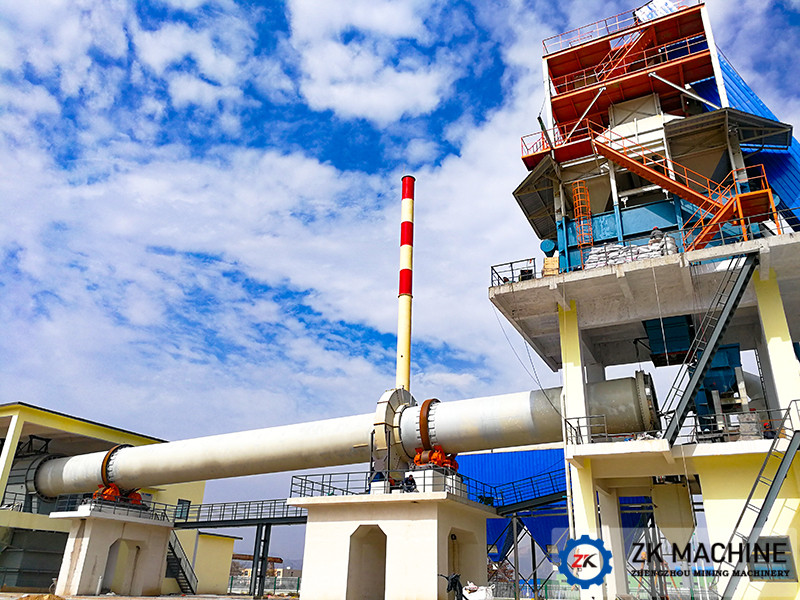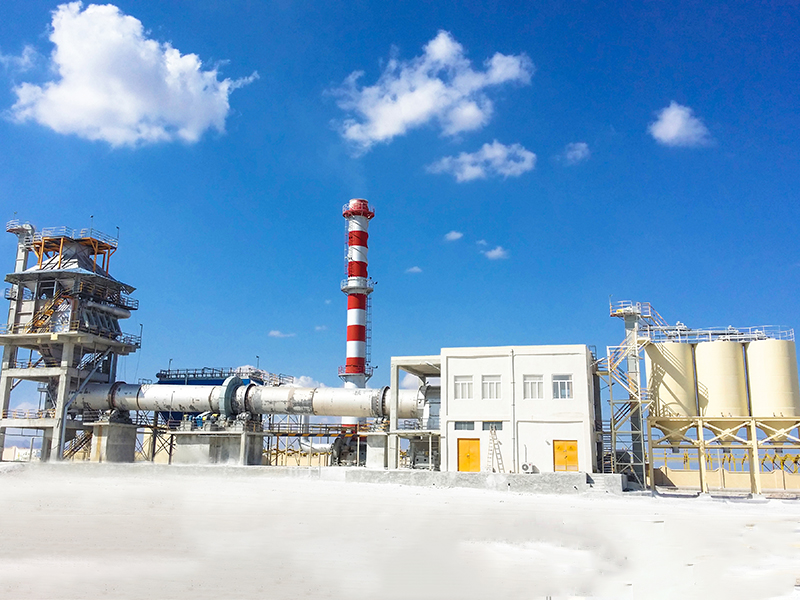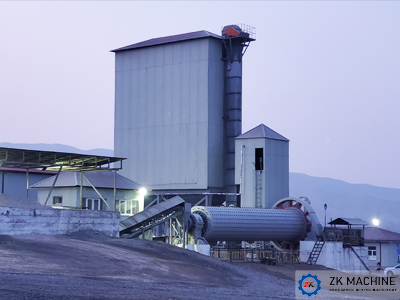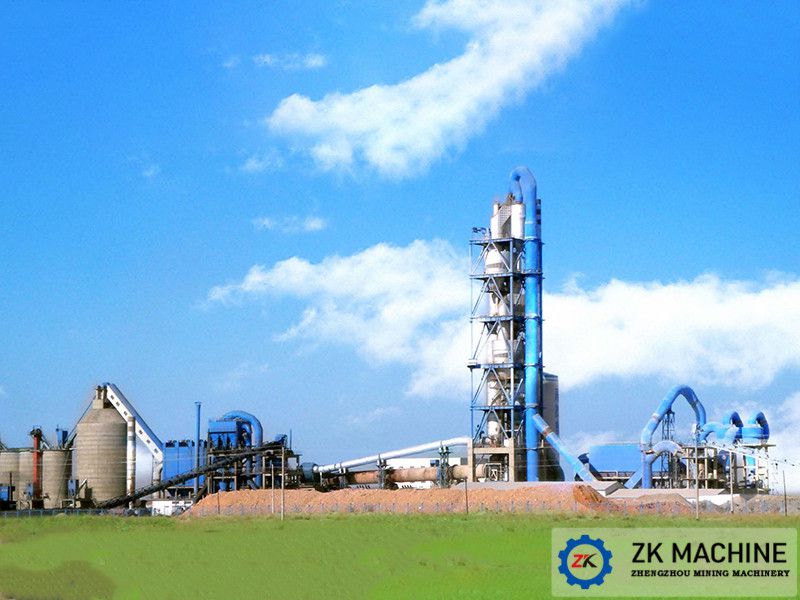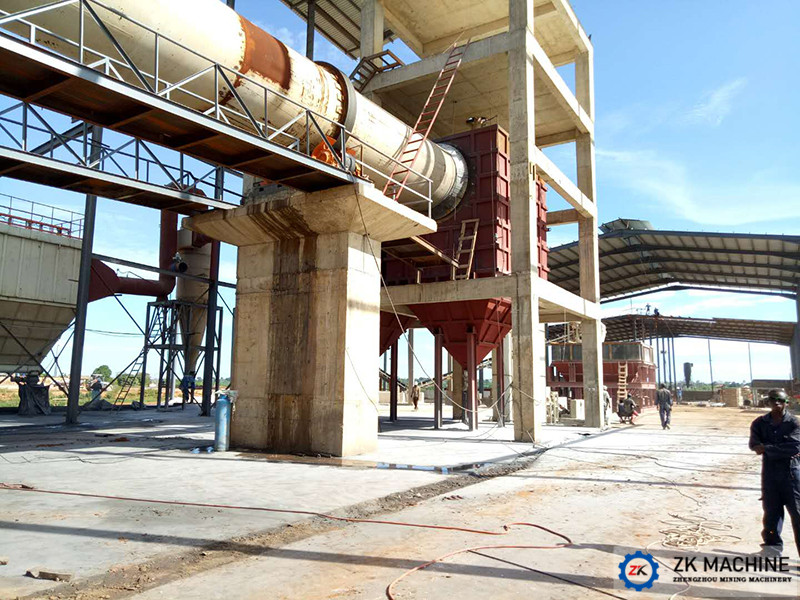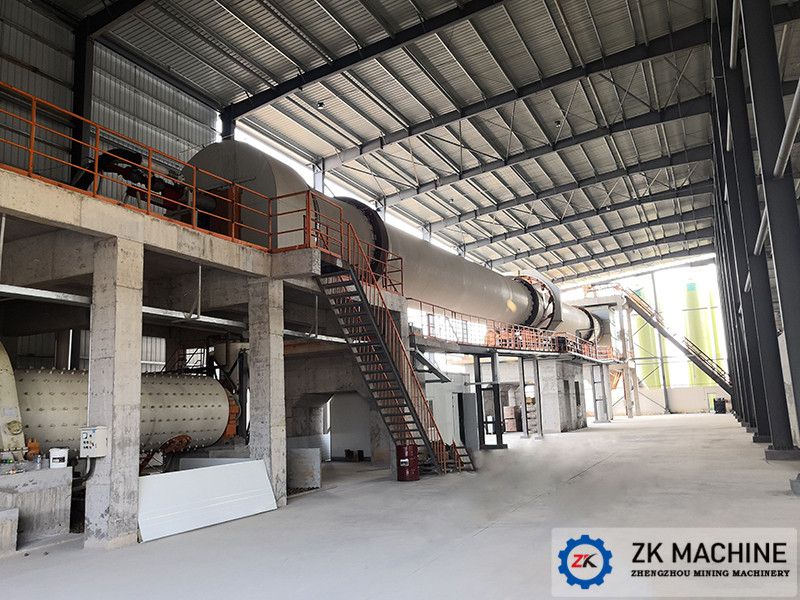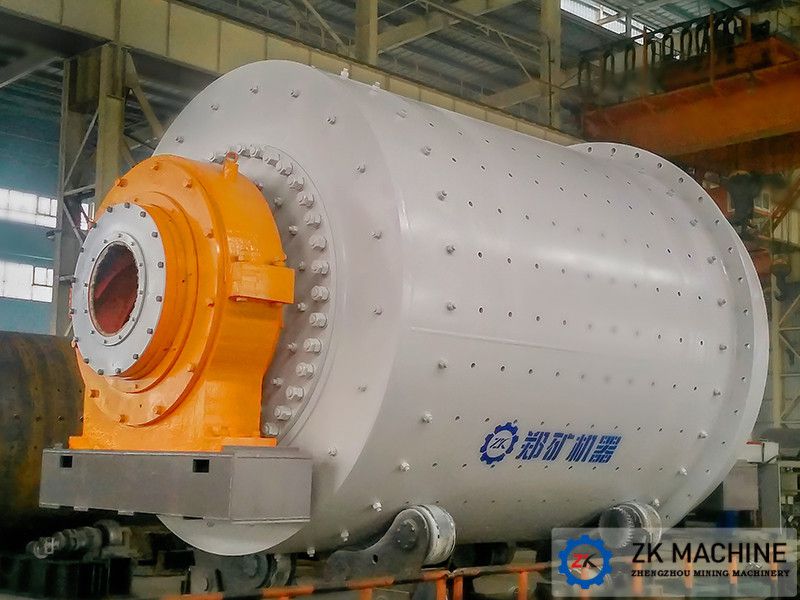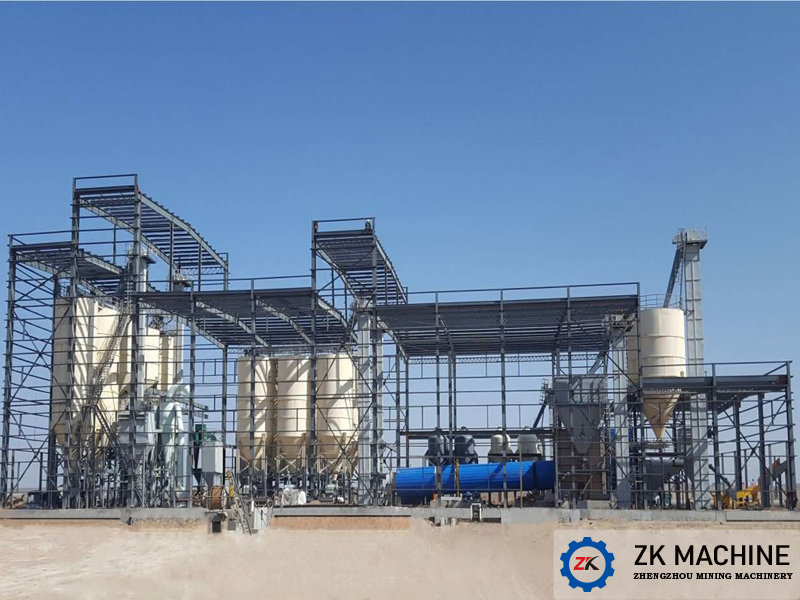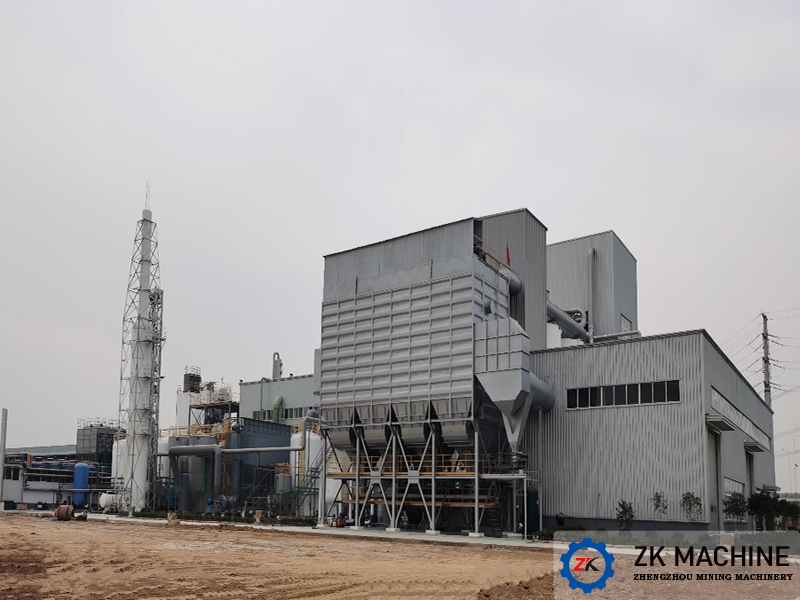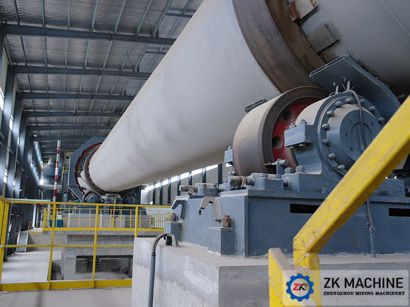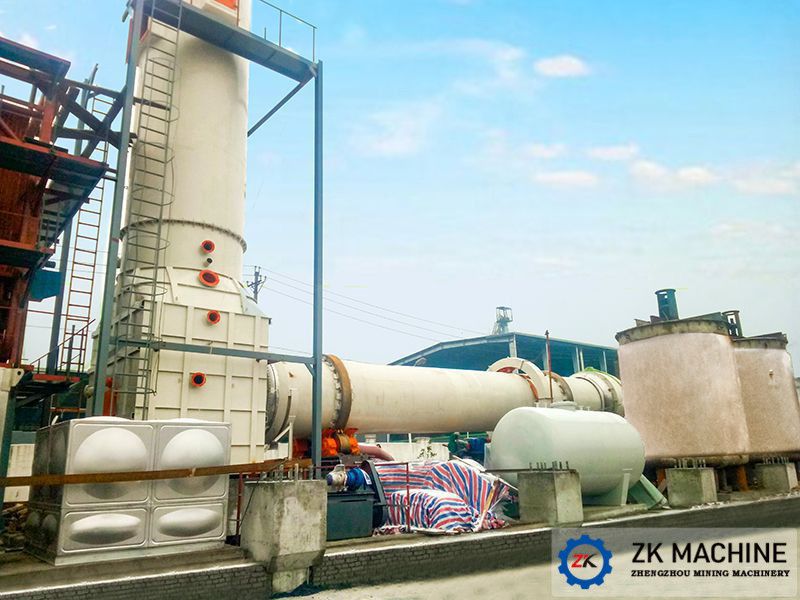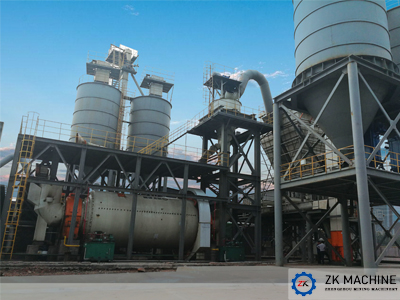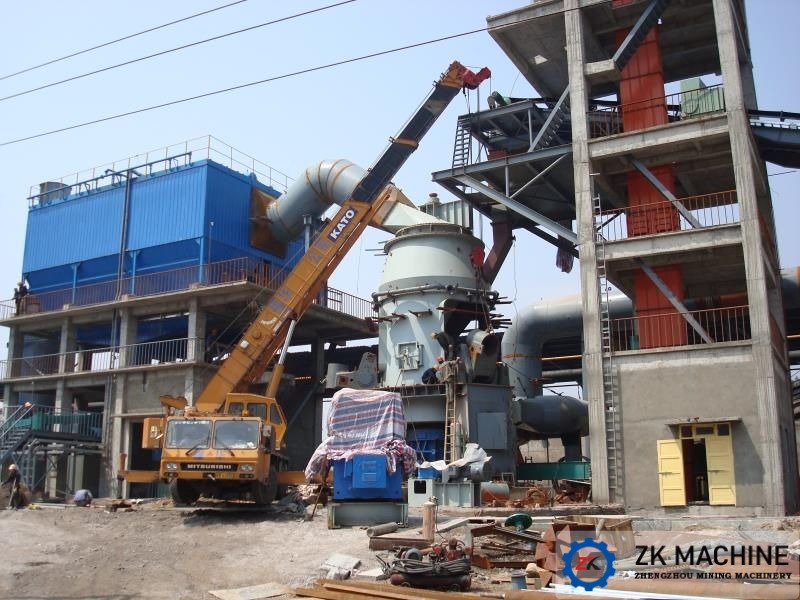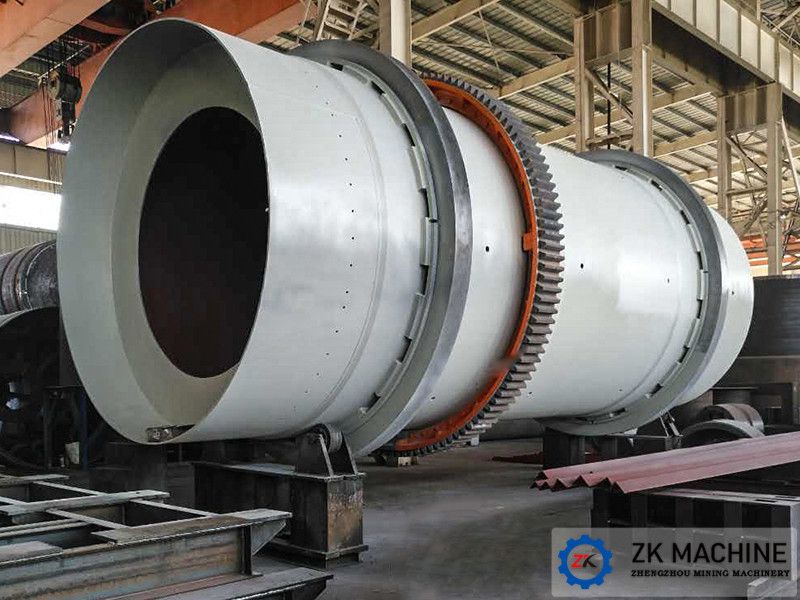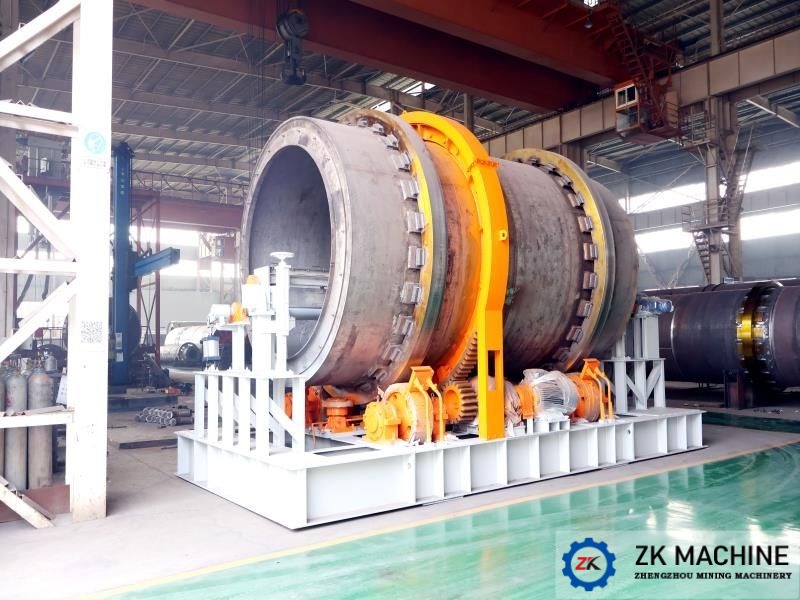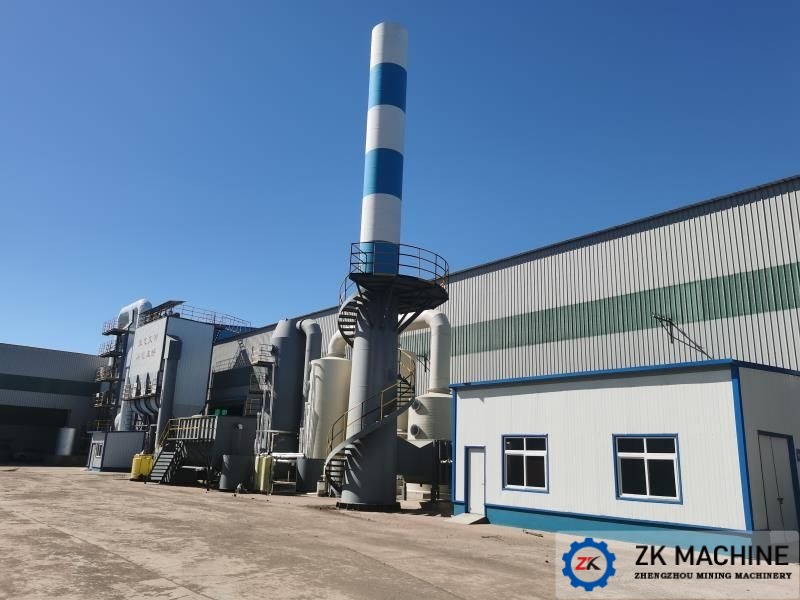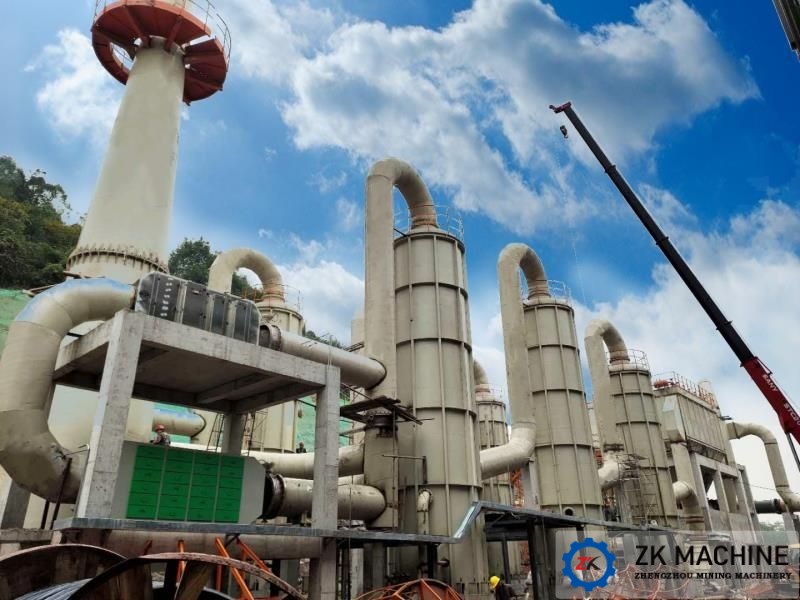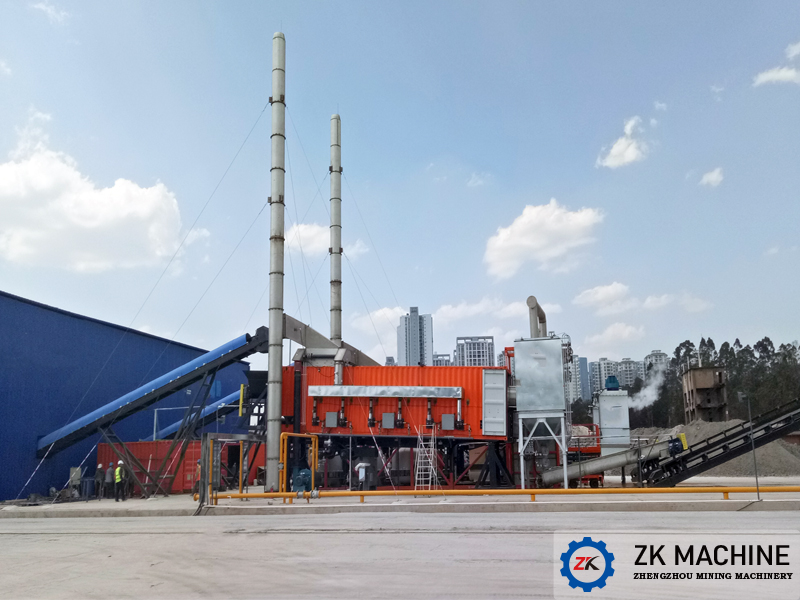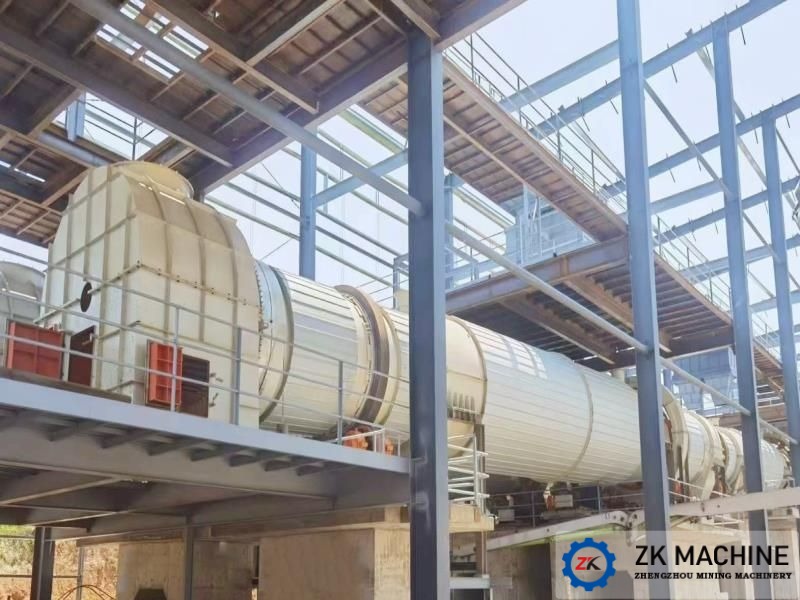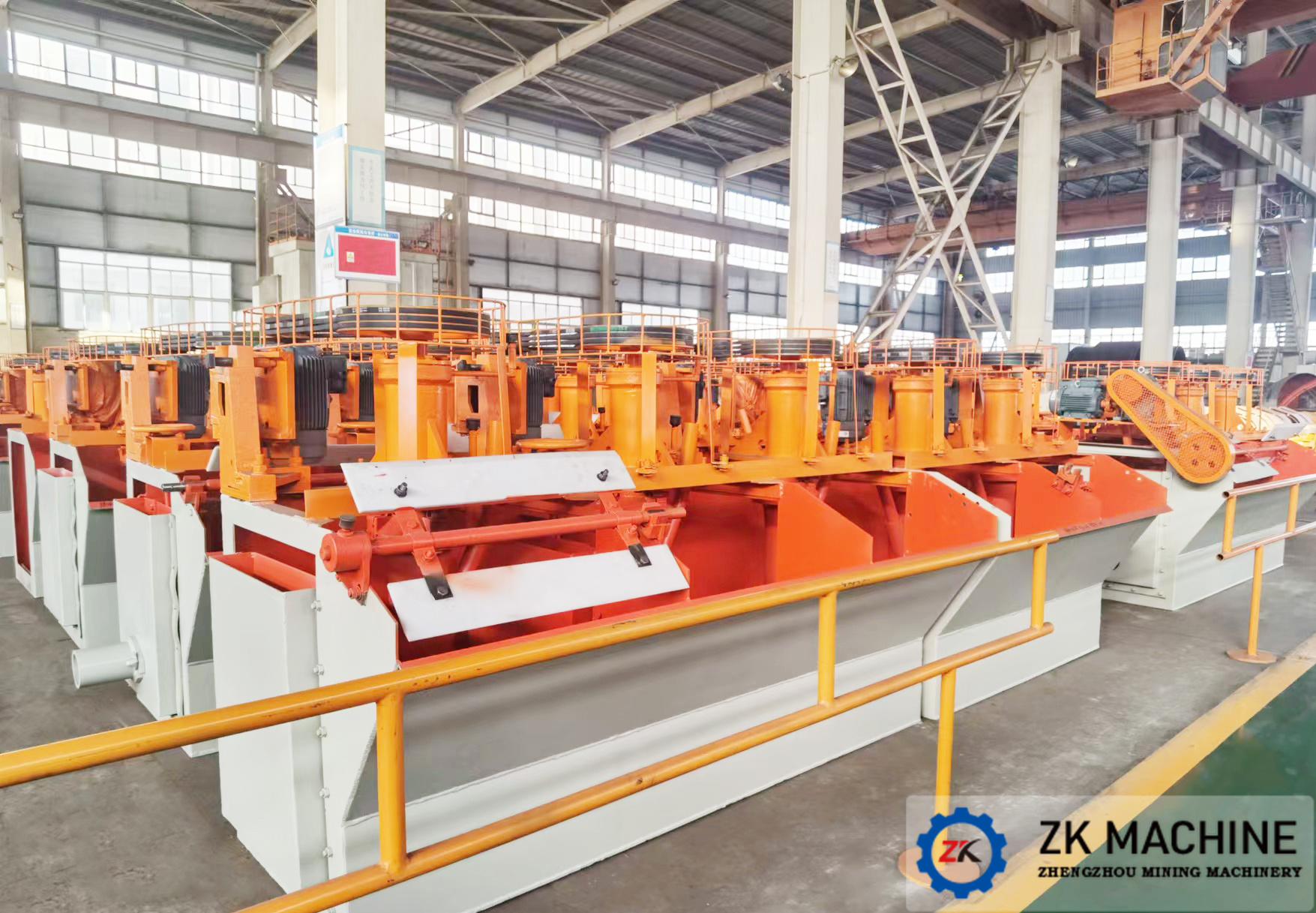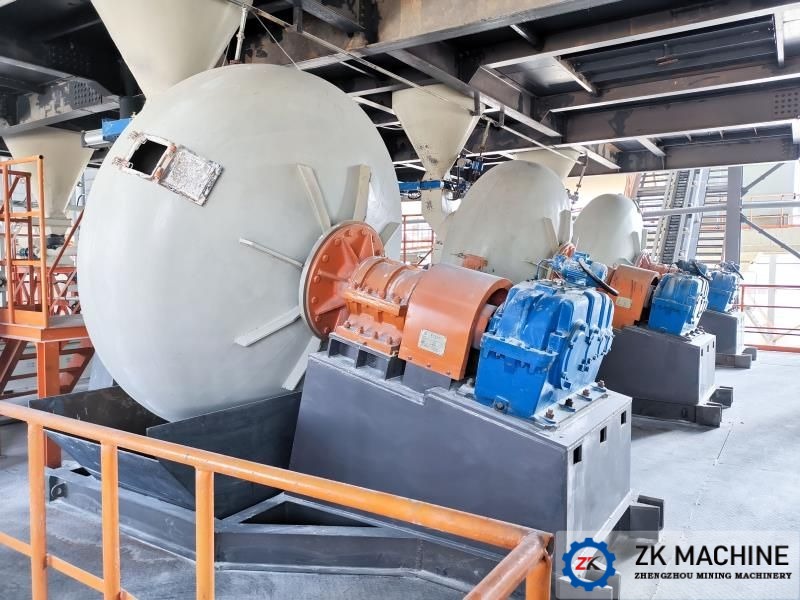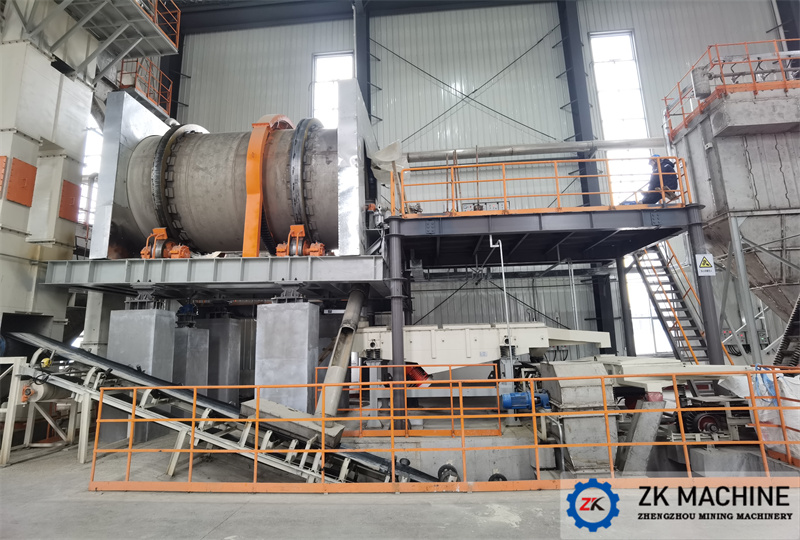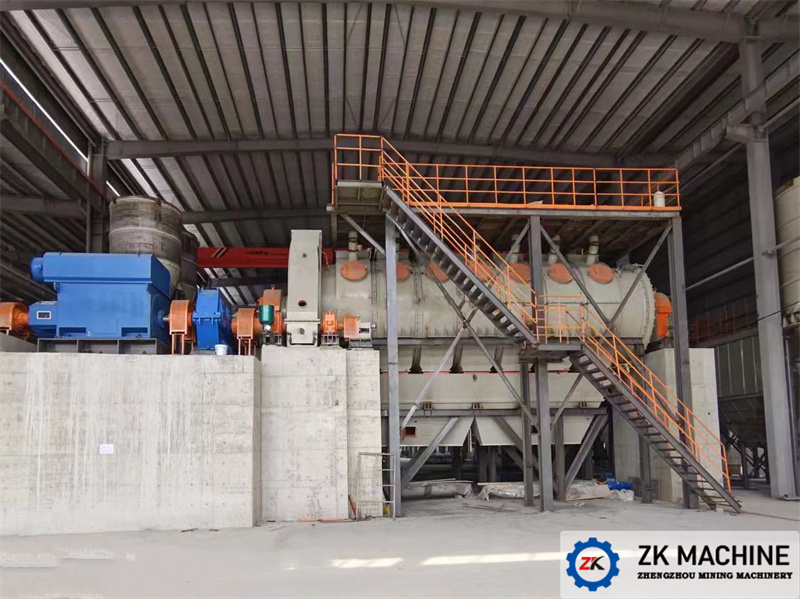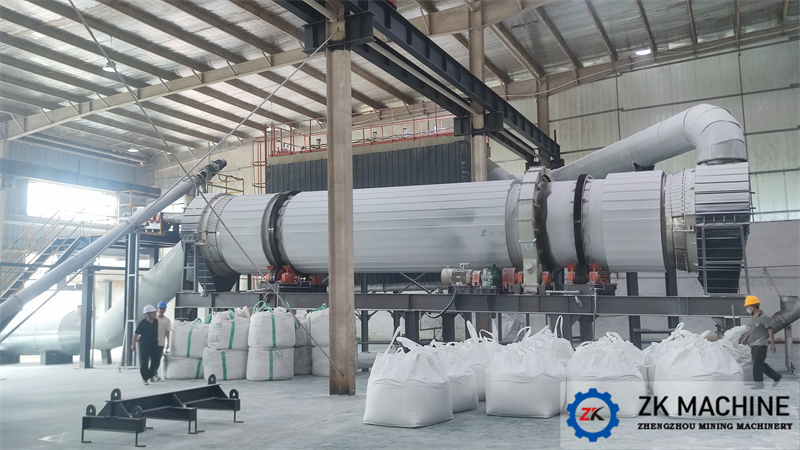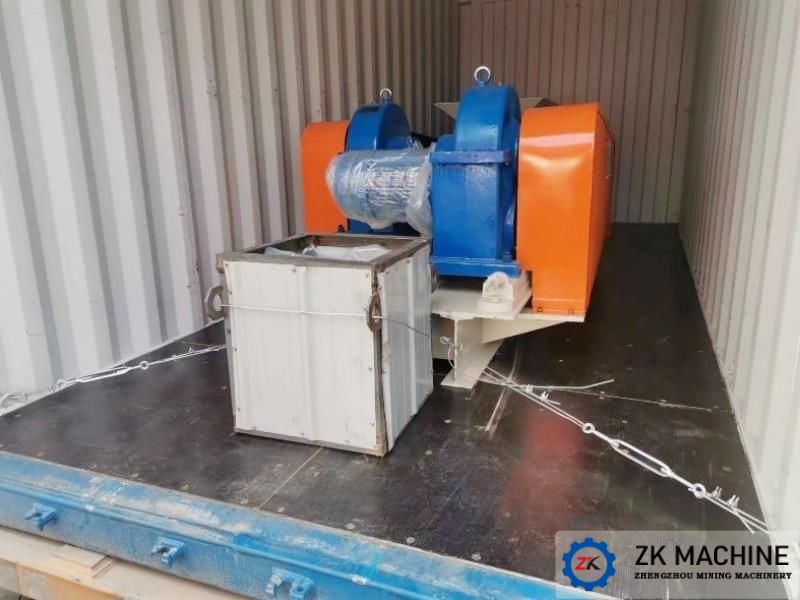How to Make Your Rotary Kiln Get Longer Life
The rotary kiln consists of three parts: kiln head, kiln body and kiln tail. The kiln head is for discharging; the kiln body is supported by a supporting roller for drying, with refractory bricks inside; the kiln tail is for feeding and sealing.
There are various types of rotary kilns, including cement rotary kiln, white ash rotary kiln, waste incineration rotary kiln, zinc smelting rotary kiln, etc. They are suitable for non-ferrous and ferrous metal metallurgy industry, waste combustion, cement industry and chemical industry.
Some clients asked me; why my rotary kiln needs to be overhauled once a year, while others 2 years. What is the reason?
1. Quality first
Our industry has fully verified the correctness of "you get what you pay off", and you must keep your eyes open when you buy equipment. When selecting equipment, try to choose a type with high configuration, good performance, and stable operation; when selecting a manufacturer, you must choose a manufacturer that has promised after-sales and is well-reviewed in the industry.
2. Lining is important
The cylinder of the rotary kiln is made of steel. If there is no accident, it can be used for 20 to 30 years. The key point is that the lining life is generally one to two years. Therefore, to extend the life of the rotary kiln, the key is to focus on the lining.
2.1 Refractory materials
The refractory materials of the kiln lining are generally phosphate composite bricks, but this material is easily destroyed by the instantaneous temperature rise. According to the experiment and comparison, the kiln head temperature is relatively high, it’s better to use magnesia-aluminum spinel and high-alumina refractory bricks. While the kiln tail temperature is low, it’s better to use high-aluminum refractory bricks and light-weight high-alumina insulation bricks with longer life.
2.2 Construction Quality
For the construction, we must find experienced people to do it. Because different casting materials need different water. And the mixing must be uniform. Besides, the time from mixing to casting is limited; the vibrating is sufficient. it is necessary to keep in good condition after casting. These steps are interlinked, and any problem in any one of the steps will affect the life of the final lining.
2.3 Claw nail
Before the lining is casted, nails should be welded on the cylinder to connect the cylinder and the lining. The claw nails should have high strength, good heat resistance, and small thermal expansion. The distance between every two claw nails should be 300mm, and it should not be too sparse. In places with higher temperatures, such as where near the kiln head, the density can be reduced a little and the nails can be thicker to ensure that the welding strength is large enough to prevent the lining from falling off during use and shortening the life.
2.4 Heating curve
The new lining keeping must dry the kiln. At this time, the temperature should not rise too fast, otherwise the water will evaporate quickly and there will be cracks. The temperature should not be low, otherwise the strength cannot be reached. Therefore, the principle of "slow heating, short heat preservation" should be followed when formulating the heating curve of the kiln, and the temperature should be controlled at about 650°C.
3. Operating specifications
Despite repeating emphasis on standardized operations, some careless customers do not read the operating instructions and directly operate in a customary way. Standard operation may be cumbersome, but it is a way to improve production efficiency, maintain stable operation of rotary kiln, and extend service life.
4. Standard maintenance
Rotary kiln equipment can be used for a variable time. If it is not used for a long time, maintenance must be standard.
4.1 Anti-rust
There are many iron and steel materials in the rotary kiln. Before storage, the surface paint must be patched up, and the metal blades and fan blades inside the machine must be greased. Rust still has a great impact on kiln life.
4.2 Proper storage location
It should be stored in dry and ventilated indoor. If there are no conditions, find a flat place to lay wooden boards and prepare rain-proof tarps. The main purpose is to prevent moisture and rust.
4.3 Check and clean up
The cooling water in the engine is drained, the engine oil is changed, and the diesel fuel in the fuel tank is full, so that there will be no problems when it is used next time.
4.4 Orderly placed
Mainly for the convenience of the next use, the matching equipment is usually disassembled to store. Orderly storage can save time when re-use and installation.
Finally, remember not to overload the equipment, solve the fault in time, and correct the wrong operation method. Everyone knows this, but you may ignore it when you are busy. Therefore, ZK CORP. reminds everyone that the less conspicuous things are more likely to determine success or failure.

